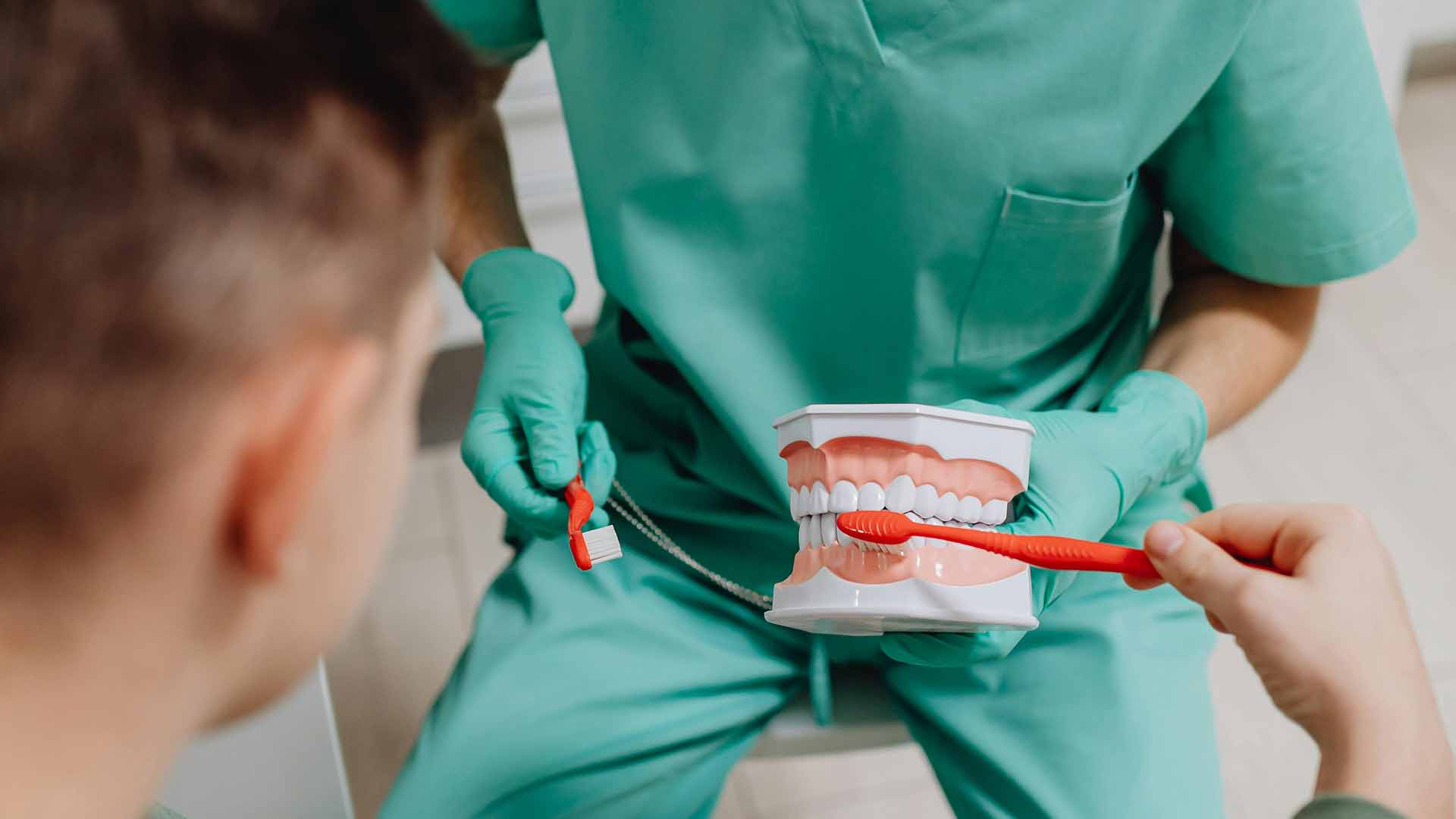Teeth whitening is a popular way to achieve a brighter, more confident smile. However, it’s not uncommon for individuals to experience side effects, such as burned gums, from these treatments. Whether caused by over-the-counter whitening strips, professional treatments, or whitening gels, gum irritation and burns can be uncomfortable and alarming. Fortunately, with proper care and attention, it is possible to treat and heal burned gums effectively. This guide will walk you through how to treat burned gums from teeth whitening safely and successfully.
1. Understanding Why Teeth Whitening Burns Gums
Teeth whitening products often contain active ingredients like hydrogen peroxide or carbamide peroxide. These chemicals work by breaking down stains on the enamel, but if they come into contact with the gums, they can cause irritation or chemical burns. This happens when:
- The whitening solution seeps out of ill-fitted whitening trays.
- The product is applied improperly, touching the soft tissue.
- Individuals overuse the product, exposing their gums to excessive amounts.
Recognizing the symptoms of burned gums is the first step to addressing the problem.
2. How to Treat Burned Gums from Teeth Whitening: Immediate Steps
If you suspect that your gums have been burned due to teeth whitening, taking quick action is crucial. Here’s how to treat burned gums from teeth whitening immediately:
- Rinse Your Mouth with Water: Gently rinse your mouth with cool or lukewarm water. This helps remove any residual whitening product that may still be in contact with your gums.
- Stop Using Whitening Products: Discontinue use of any teeth whitening products until your gums have completely healed.
- Assess the Severity: Minor burns will heal on their own within a few days, while more serious burns may require additional treatment.
3. Home Remedies for How to Treat Burned Gums from Teeth Whitening
Many effective at-home treatments can help soothe and heal burned gums:
- Saltwater Rinse: Mix half a teaspoon of salt into a cup of warm water and use it to rinse your mouth gently. Salt has natural healing properties that can reduce inflammation and promote healing.
- Cold Compress: Applying a cold compress on the outside of your mouth near the affected area can help reduce swelling and numb the pain.
- Aloe Vera Gel: Known for its soothing properties, aloe vera can be applied directly to the gums to provide relief and promote healing. Ensure that you use pure aloe vera gel.
- Honey: Honey is a natural antibacterial and can help reduce inflammation. Dab a small amount on the affected gums to help manage discomfort.
- Baking Soda Paste: A paste made of baking soda and water can neutralize acids and soothe burned areas. Apply a thin layer to the gums and let it sit for a few minutes before rinsing with warm water.
4. How to Treat Burned Gums from Teeth Whitening Using Over-the-Counter Solutions
For those who prefer pre-made solutions, several over-the-counter products can provide relief:
- Antiseptic Mouthwash: Use an alcohol-free antiseptic mouthwash to clean the mouth and reduce the risk of infection.
- Topical Oral Anesthetics: Products containing benzocaine can numb the area and alleviate pain temporarily.
- Hydrocortisone Dental Creams: These can reduce inflammation and accelerate the healing process when applied directly to the gums.
5. When to See a Dentist for Burned Gums from Teeth Whitening
While most cases of burned gums from teeth whitening can be treated at home, certain situations may require professional attention. You should see a dentist if:
- The burn does not show signs of improvement within a week.
- You experience severe pain or excessive swelling.
- There is pus or other signs of infection.
Dentists may prescribe stronger topical treatments or recommend alternative procedures to manage severe cases.
6. Preventing Burned Gums During Teeth Whitening
Prevention is key to avoiding future gum burns. Here’s how to treat burned gums from teeth whitening while protecting them during future sessions:
- Use Custom-Fit Trays: If you are whitening your teeth at home, ensure you use custom-fitted trays to prevent the product from spreading onto your gums.
- Follow Instructions Carefully: Always adhere to the manufacturer’s instructions or your dentist’s guidelines for using whitening products.
- Limit Application Time: Avoid leaving the whitening solution on for longer than recommended. Overexposure can increase the risk of gum irritation and burns.
- Apply Petroleum Jelly: Before applying the whitening product, coat your gums with petroleum jelly to create a barrier that prevents the whitening agent from contacting them.
7. Natural Alternatives for Gentle Whitening
For those who are prone to gum sensitivity, consider gentler methods for teeth whitening to reduce the risk of irritation:
- Whitening Toothpaste: Opt for a toothpaste that contains mild whitening agents, which can brighten teeth gradually without causing irritation.
- Baking Soda and Lemon Juice Paste: A paste made from baking soda and a few drops of lemon juice can be an effective natural whitening solution. However, limit use to avoid enamel erosion.
- Hydrogen Peroxide Rinse: A diluted hydrogen peroxide rinse (mix one part hydrogen peroxide with two parts water) can whiten teeth while minimizing the risk of gum burns.
Conclusion
Knowing how to treat burned gums from teeth whitening ensures a quicker and more comfortable recovery. With the right treatment and preventative measures, you can heal efficiently and reduce the likelihood of recurrence. Always prioritize your oral health by following instructions carefully, choosing products wisely, and consulting with a dental professional if issues persist. These practices will help you maintain a safe and effective path to a brighter smile.


Leave a Reply